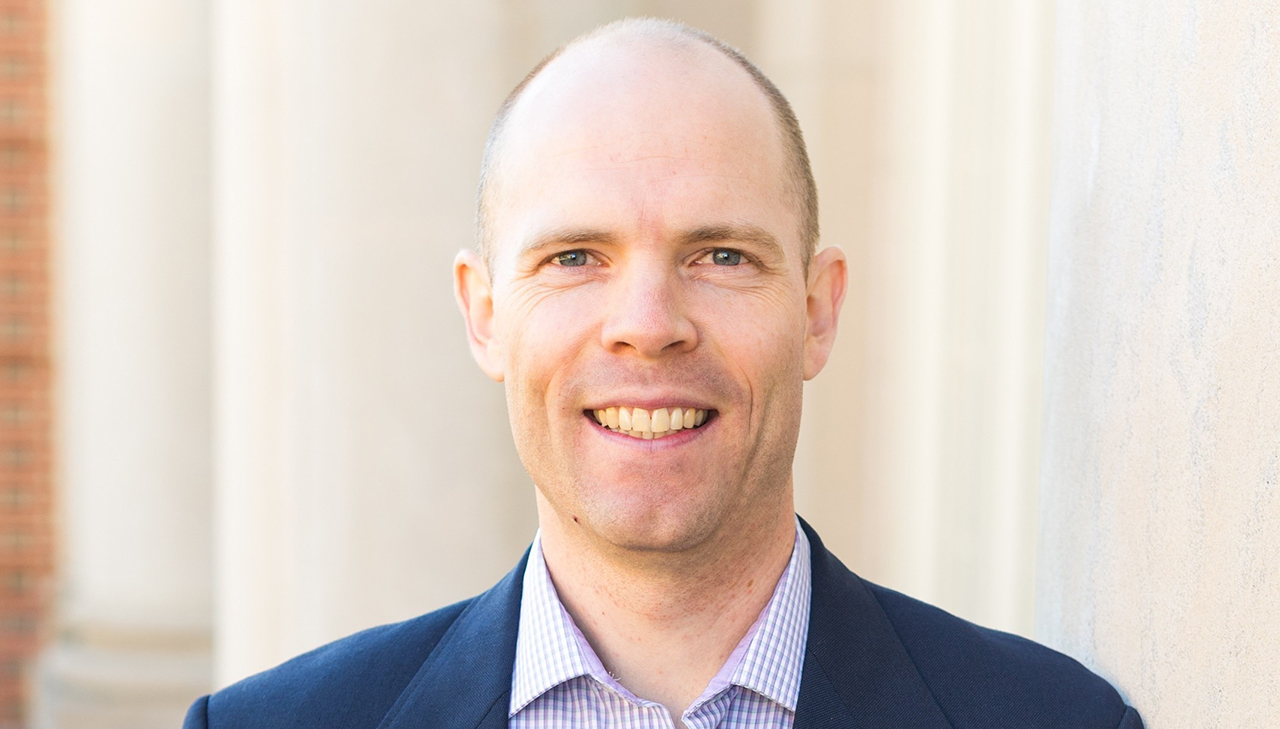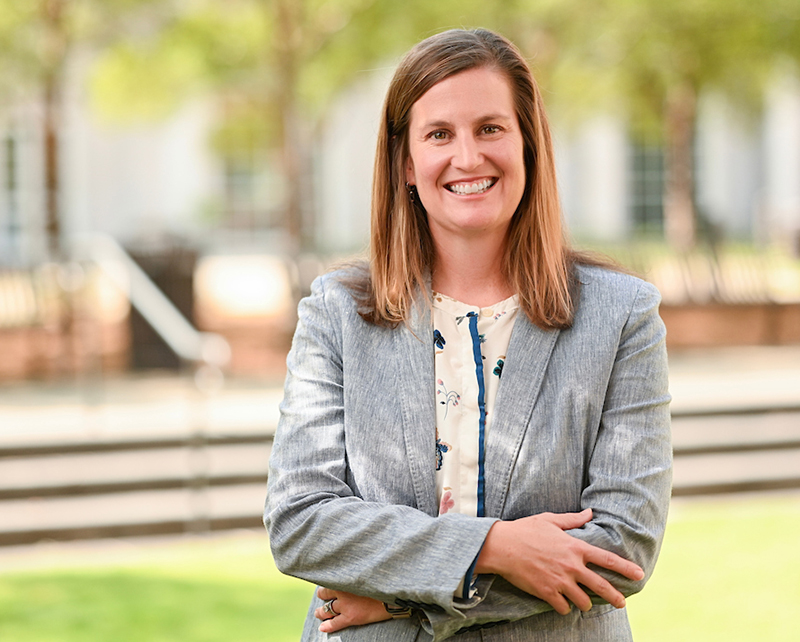Baltimore, Maryland has a problem. What was once a city of a million has shrunk to
630,000. Thousands of old, abandoned homes – a symptom of past problems and perpetuator
of new problems – sit vacant. The shambles of former homes now harvest crime, are
dirty, and create hazards.
They must be removed.
But a small team from Humanim, a non-profit workforce and community development agency, and the Baltimore City
Housing had an idea. What if they could remove the vacant homes and create jobs at
the same time?
 “If you can do it, you would increase your diversion rate to the landfill and hire
people who are difficult to employ. You would be solving an environmental problem
and you would be addressing a social problem,” said Jeff Carroll (right), vice president
at Humanim.
“If you can do it, you would increase your diversion rate to the landfill and hire
people who are difficult to employ. You would be solving an environmental problem
and you would be addressing a social problem,” said Jeff Carroll (right), vice president
at Humanim.
One brick and one board at a time, deserted began to disappear. Though 16,000 remain,
1,000 have already come down. “We’re taking them down at a pace of a little more than
200 per year,” said Carroll, who has employed 175 during the six-year project. “I’ve
been on a personal mission of wanting to address issues of urban poverty and I’m grateful
to be part of an organization like Humanim who has that mission in its DNA. Collectively,
we believe through the development of social enterprises we can hire and help build
wealth within these communities.”
How is this an Auburn story? Baltimore is roughly 800 miles from Toomer’s Corner
Brian Connelly, Professor and Luck Eminent Scholar in the Harbert College of Business, has known Carroll since the 1980s when both shared the same Baltimore-area neighborhood.
 “I have always been impressed with his ability to think strategically,” Connelly said
of Carroll. “He assesses situations in the abstract so that he can understand the
key forces at work. It is a rare skill, but it is important in business because too
often business leaders will get consumed with the details and bogged down with the
day-to-day. Jeff has a unique ability to think at the 10,000-foot level, which allows
him to understand the forces behind the problems that he is trying to address and
generate alternatives that others might overlook.”
“I have always been impressed with his ability to think strategically,” Connelly said
of Carroll. “He assesses situations in the abstract so that he can understand the
key forces at work. It is a rare skill, but it is important in business because too
often business leaders will get consumed with the details and bogged down with the
day-to-day. Jeff has a unique ability to think at the 10,000-foot level, which allows
him to understand the forces behind the problems that he is trying to address and
generate alternatives that others might overlook.”
Connelly invited Carroll to an Auburn football game last fall, where he was introduced
to Lou Bifano, Director of Entrepreneurship Strategy at Harbert College.
“Jeff told me what he’s doing in Baltimore and I said, ‘You need to come talk to my
entrepreneurship class,’” Bifano said.
Carroll, who grew up in central Maine in a poverty-burdened small town and developed
an affinity for urban woes in Baltimore, took Bifano up on his offer on Wednesday,
February 6. The class is “focused on how to write a business plan for a new venture
and how to communicate that to potential investors or the people necessary to make
this idea a reality,” according to Bifano – a perfect match for Carroll.
In the classroom, Carroll shared his commitment to social entrepreneurship, difficulties
in starting such a project, maintaining its profitability, and finding business partners.
“It’s gratifying to see that we are able to embrace people who are not Auburn graduates
and include them in what we are trying to do,” Bifano said. “We’re trying to expose
our students to as many successful innovators and entrepreneurs telling their story
rather than us standing up lecturing to them.”
Carroll’s message hit home.
 “His stories conveyed, quite clearly, that Humanim isn’t necessarily about corporate
politics or income statements as much as it was about the men and women the company
served,” said Graham Llivina, a senior in Bifano’s entrepreneurship class. “Mr. Carroll
stressed the need for service, respect, and inclusion in all things pertaining to
success, and pointed to Humanim’s track record as proof.”
“His stories conveyed, quite clearly, that Humanim isn’t necessarily about corporate
politics or income statements as much as it was about the men and women the company
served,” said Graham Llivina, a senior in Bifano’s entrepreneurship class. “Mr. Carroll
stressed the need for service, respect, and inclusion in all things pertaining to
success, and pointed to Humanim’s track record as proof.”
Finding solutions to a new problem
The story didn’t end when Carroll left the classroom. Each student in Bifano’s class
must select and develop a business plan from a number of projects. One project includes
demolishing abandoned buildings and have a financially viable business model.
Therein lies a problem – creating a financially viable business model. “It is an enterprise
that functions just like any other business, except I have to have a financial bottom
line that is in the black,” Carroll said. “I must have social outcomes that demonstrate
that it’s true to the mission that we started beneath the umbrella of a non-profit
parent. I have to hit both. In order to make both of those happen, there’s tension
between the two. The more socially-driven you get, almost certainly the more your
financial sustainability will be jeopardized.”
Connelly said that Carroll described a scenario typical of many entrepreneurs – a
point at which he thought the entire enterprise might implode.
“Everything was crashing in around him as contracts fell through and the business
model was not working. Just when it appeared all might be lost, things turned around
and the money started flowing again. It is a story I have heard before: the tenacity
of the founding entrepreneur is imperative to the success of the organization.”
 But there is a solution. Carroll knows it. Bifano knows it. Connelly knows it. In
fact, Bifano said he and Connelly will team on a project case study to be used for
classroom assignments in the future. “Like in most case studies, you tell the story
about an organization and then there will be some difficulty that they encounter,”
Bifano said. “Then the students will be assigned as to how they might deal with this
problem.”
But there is a solution. Carroll knows it. Bifano knows it. Connelly knows it. In
fact, Bifano said he and Connelly will team on a project case study to be used for
classroom assignments in the future. “Like in most case studies, you tell the story
about an organization and then there will be some difficulty that they encounter,”
Bifano said. “Then the students will be assigned as to how they might deal with this
problem.”
How did Carroll balance the bottom line? Brick by brick, board by board.
“We thought, ‘Instead of watching all of this stuff get crushed and disposed of, what
if we could capture it efficiently, sell it and generate revenue to offset the additional
employment needs?’” Carroll asked. “Then we would have something that’s viable.”
To date, Humanim has salvaged and sold an estimated 1.4 million bricks and 450,000
feet of lumber. “Right now, we are out of brick,” Carroll quipped. “We’re processing
it as fast as we can.”
Carroll’s work in Baltimore is about more than bricks or lumber, however. It’s about
impacting lives.
“Mr. Carroll reminded me that behind (business) products and gadgets are real people
with real feelings,” Llivina said. “Everybody in the business universe already knows
how to make money, Mr. Carroll said. But if everybody knew how to treat others with
decency and respect, then we would truly have a better world.”
Starting with Baltimore, Maryland.


 Degrees & Programs
Degrees & Programs
 Faculty & Staff
Faculty & Staff
 Career Development
Career Development
 Recruiters & Industry
Recruiters & Industry
 “If you can do it, you would increase your diversion rate to the landfill and hire
people who are difficult to employ. You would be solving an environmental problem
and you would be addressing a social problem,” said Jeff Carroll (right), vice president
at Humanim.
“If you can do it, you would increase your diversion rate to the landfill and hire
people who are difficult to employ. You would be solving an environmental problem
and you would be addressing a social problem,” said Jeff Carroll (right), vice president
at Humanim. “I have always been impressed with his ability to think strategically,” Connelly said
of Carroll. “He assesses situations in the abstract so that he can understand the
key forces at work. It is a rare skill, but it is important in business because too
often business leaders will get consumed with the details and bogged down with the
day-to-day. Jeff has a unique ability to think at the 10,000-foot level, which allows
him to understand the forces behind the problems that he is trying to address and
generate alternatives that others might overlook.”
“I have always been impressed with his ability to think strategically,” Connelly said
of Carroll. “He assesses situations in the abstract so that he can understand the
key forces at work. It is a rare skill, but it is important in business because too
often business leaders will get consumed with the details and bogged down with the
day-to-day. Jeff has a unique ability to think at the 10,000-foot level, which allows
him to understand the forces behind the problems that he is trying to address and
generate alternatives that others might overlook.” “His stories conveyed, quite clearly, that Humanim isn’t necessarily about corporate
politics or income statements as much as it was about the men and women the company
served,” said Graham Llivina, a senior in Bifano’s entrepreneurship class. “Mr. Carroll
stressed the need for service, respect, and inclusion in all things pertaining to
success, and pointed to Humanim’s track record as proof.”
“His stories conveyed, quite clearly, that Humanim isn’t necessarily about corporate
politics or income statements as much as it was about the men and women the company
served,” said Graham Llivina, a senior in Bifano’s entrepreneurship class. “Mr. Carroll
stressed the need for service, respect, and inclusion in all things pertaining to
success, and pointed to Humanim’s track record as proof.” But there is a solution. Carroll knows it. Bifano knows it. Connelly knows it. In
fact, Bifano said he and Connelly will team on a project case study to be used for
classroom assignments in the future. “Like in most case studies, you tell the story
about an organization and then there will be some difficulty that they encounter,”
Bifano said. “Then the students will be assigned as to how they might deal with this
problem.”
But there is a solution. Carroll knows it. Bifano knows it. Connelly knows it. In
fact, Bifano said he and Connelly will team on a project case study to be used for
classroom assignments in the future. “Like in most case studies, you tell the story
about an organization and then there will be some difficulty that they encounter,”
Bifano said. “Then the students will be assigned as to how they might deal with this
problem.”


